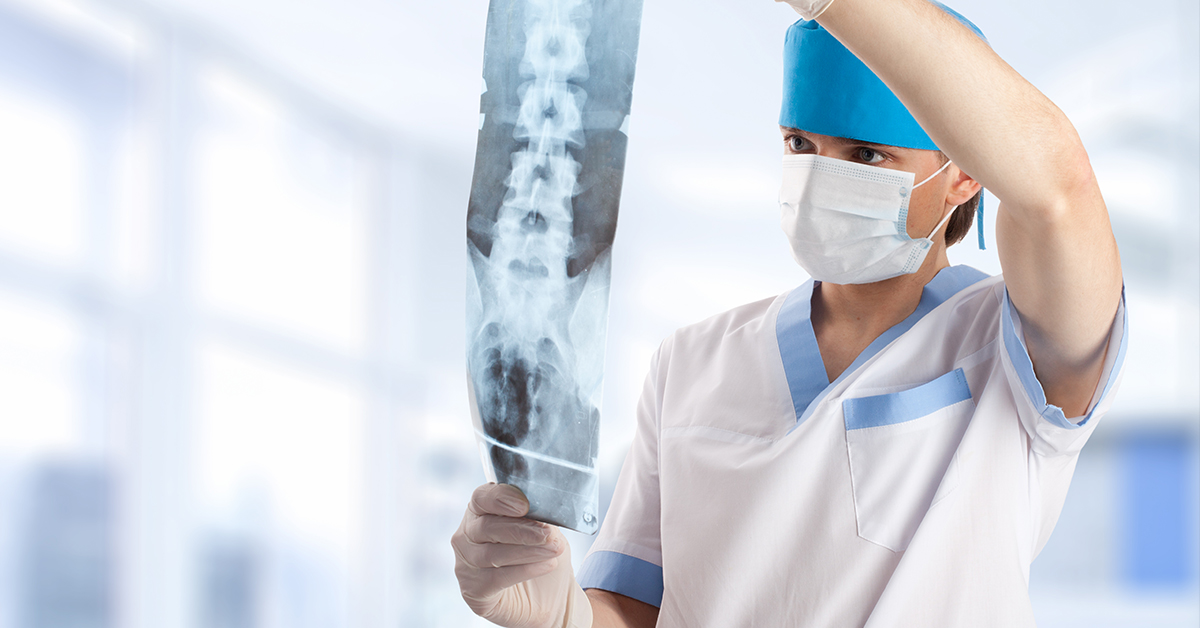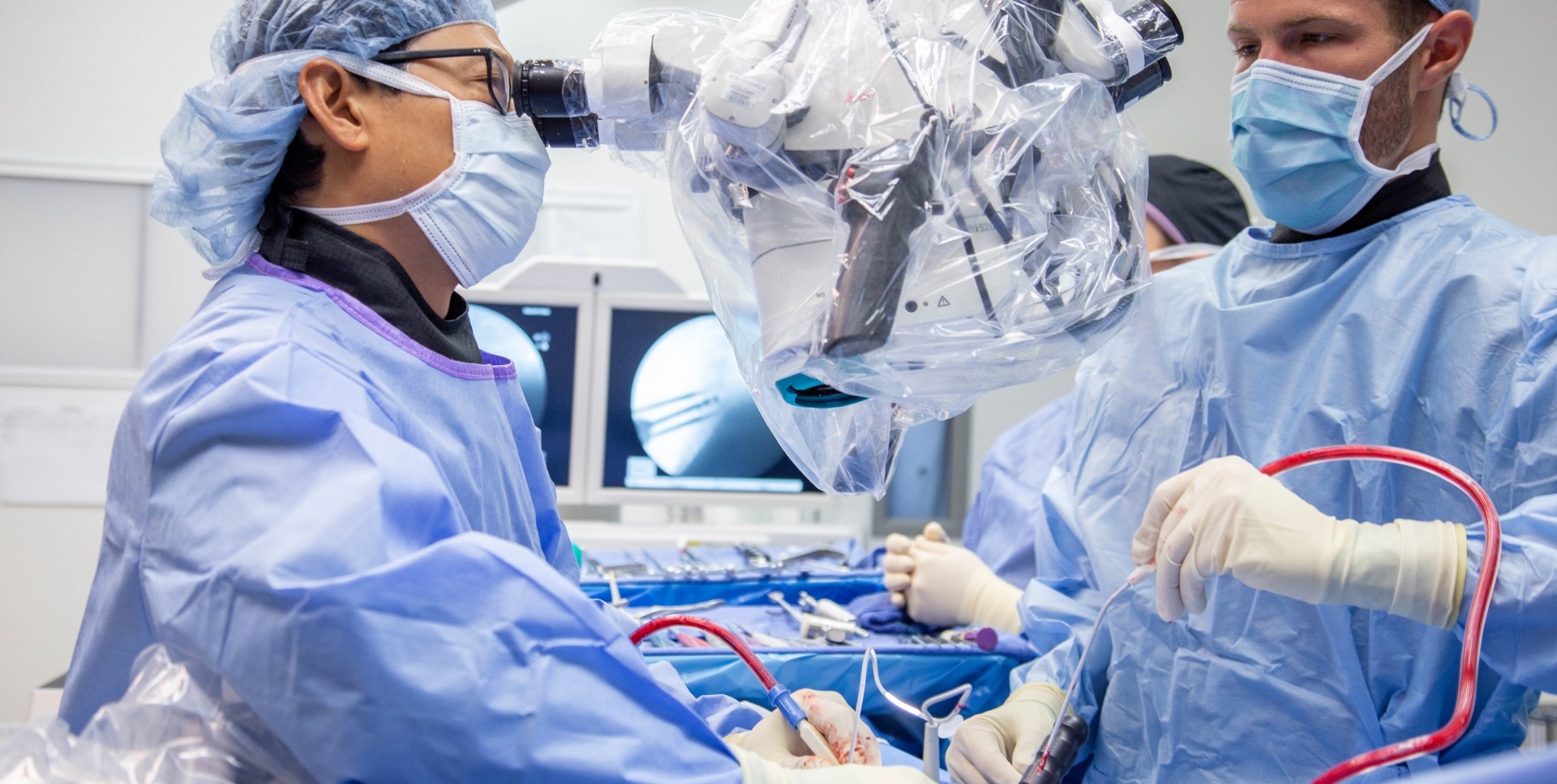Person Success Stories with the Best Spine Surgeons in St Louis MO
An Overview of Spinal Column Problems That Often Lead To Surgical Therapies
When conventional treatments stop working to minimize relentless signs,Spinal column problems such as herniated discs, back constriction, and degenerative disc condition regularly require medical treatments. These conditions not just cause significant pain yet can likewise significantly harm everyday functioning and overall quality of life. Comprehending the nuances of each problem and the equivalent surgical alternatives, such as discectomy or spinal combination, is essential for efficient administration. As we discover these problems additionally, it comes to be evident that the decision-making procedure surrounding medical treatment is multifaceted and warrants mindful factor to consider.
Herniated Discs
Although many individuals with herniated discs may locate alleviation via conservative treatments, surgery ends up being a needed factor to consider when signs linger or worsen - best spine surgeons in st louis mo. A herniated disc takes place when the soft inner gel of a back disc extends with its external layer, potentially leading and compressing nearby nerves to discomfort, tingling, or weakness in the extremities
Traditional monitoring commonly includes physical therapy, pain medicines, and corticosteroid shots, which aim to lower inflammation and boost feature. Nonetheless, in situations where these techniques fall short to alleviate incapacitating signs, surgical options might be explored.
The most usual operation for herniated discs is a discectomy, which includes the elimination of the herniated part of the disc to alleviate stress on the influenced nerve root. In more severe instances, spine blend might be needed to maintain the impacted vertebrae.
Clients are recommended to discuss the prospective dangers and advantages of surgery with their health care company to make an educated decision. Ultimately, the objective of any surgical intervention is to bring back function, alleviate discomfort, and boost overall high quality of life for people struggling with herniated discs.
Spinal Stenosis
Back constriction happens when the areas within the spine slim, causing increased pressure on the spine and nerves. This problem can develop in various areas of the back, including the cervical and lumbar areas, commonly due to age-related changes, such as degenerative disc disease, joint inflammation, or thickening of tendons.
Individuals with spinal constriction may present with signs that include discomfort, pins and needles, tingling, or weakness, mostly in the arms or legs. These signs can be worsened by activities that entail standing or strolling, typically leading people to seek relief through traditional therapies like physical treatment, medications, or epidural steroid injections.
However, when these non-surgical interventions fail to give sufficient relief, surgical options might be taken into consideration. Typical procedures for spine stenosis consist of laminectomy, which entails the removal of part of the vertebra to alleviate stress, and back combination, which supports the affected location. The choice to seek surgical treatment is normally based on the intensity of symptoms, the level of useful problems, and the overall wellness of the individual. Prompt medical diagnosis and monitoring are critical to stop additional neurological concession and improve lifestyle.
Spondylolisthesis
Spondylolisthesis takes place when one vertebra slides forward over another, leading to imbalance of the back. This condition can result from different aspects, including congenital issues, injury, or degenerative changes in the spinal column. It is most typically observed in the back area, especially at the L4-L5 and L5-S1 degrees.

Treatment alternatives differ based on the intensity of the slippage and the symptoms presented. Conventional procedures, consisting of physical treatment, pain management, and activity alteration, are commonly the first line of defense. Nonetheless, when non-surgical strategies fall short to soothe signs and symptoms investigate this site or when significant nerve compression exists, surgical intervention might be necessitated. Surgical choices can consist of back blend or decompression procedures, focused on recovering alignment and alleviating neurological symptoms. Early medical diagnosis and proper monitoring are vital for optimum end results in individuals with spondylolisthesis.
Degenerative Disc Disease

People with DDD often experience pain that might emit to the arms or legs, depending upon the impacted region of the spine. The condition can be identified via a mix of professional examination, imaging studies, and person background. Therapy choices commonly begin with conservative steps, consisting of physical therapy, discomfort monitoring, and way of life modifications. Nevertheless, when these techniques stop working to supply sufficient relief, medical treatments may be taken into consideration.
Surgical alternatives for DDD might consist of spinal combination or synthetic disc replacement, targeted at stabilizing the impacted sector and alleviating pain (best spine surgeons in st louis mo). blog here Inevitably, the option of treatment is individualized, thinking about the extent of the problem, individual health and wellness, and lifestyle aspects
Spine Growths

What variables add to the development of growths within the spine, and exactly how do they show up in clients? Back lumps can occur from various elements, including genetic predisposition, ecological impacts, and pre-existing medical conditions. They can be categorized as primary tumors, originating in the spine, or second tumors, which spread out from other areas of the body. People might provide with a series of symptoms, consisting of localized pain, neurological deficits, weakness, or changes in bowel and bladder feature, relying on the tumor's size and area.
Medical diagnosis generally includes imaging studies such as MRI or CT checks, which assist mark the tumor's qualities and influence on bordering frameworks. In examining therapy options, the lump's grade, place, and kind are vital considerations. Surgical intervention might be necessitated to reduce signs, get a biopsy, or get rid of the lump totally. The goal of surgical procedure is commonly to unwind neural components and support the back. Adjuvant treatments, including radiation or radiation treatment, might also be required relying on the tumor's nature. Early discovery and intervention are important for enhancing outcomes in clients with spinal growths.
Final Thought
In recap, back problems such as herniated discs, spinal stenosis, spondylolisthesis, degenerative disc disease, and spinal lumps regularly necessitate surgical intervention because of their potential to cause considerable pain and practical impairment. While traditional therapies might provide short-lived alleviation, medical options come to be crucial when symptoms linger or intensify. Timely medical diagnosis and intervention play an essential duty in restoring function and improving the top quality of life for damaged people, highlighting the value of extensive spine treatment.
